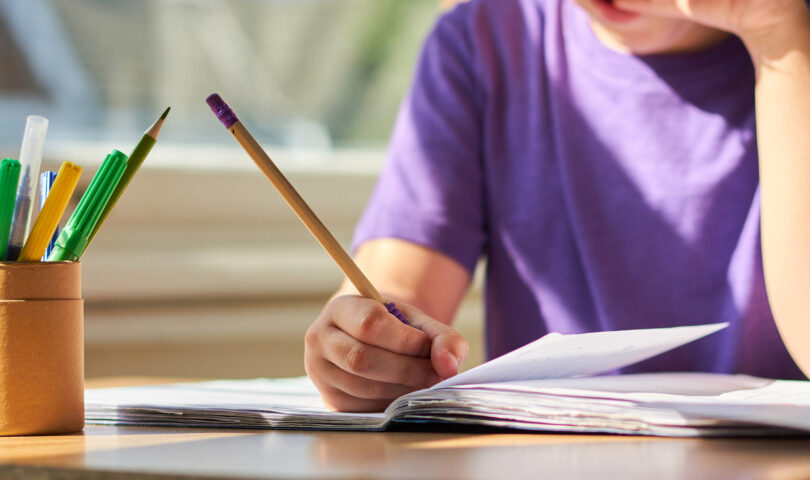Lindsay Smalls is used to looking at space cadets in her classroom at Westwood Middle School.
As in, some of them actually, seriously, might end up being space travelers someday, Smalls said.
In other words, this particular group is pretty smart.
So smart, in fact, that said group took top honors in a NASA-sanctioned project that could change everything — and that’s not an out-of-this-world exaggeration, either.
“If I’m around to see it,” their teacher mused, “I won’t be surprised one bit if some of these kids end up on the moon or Mars.”
At the very least, they’re already helping other astronauts eventually get to both places in outer space — by their breaking of culinary orbits on a daily basis at the school on River Road.
That’s one small step for interstellar irrigation … one giant leap for space-spinach, to be.
William Bolyard — everyone calls him “Will” — is one of those students who boiled the cargo-cabbage down further.
“Took us a couple of days,” he said.
“Then it was like, ‘Well, you know it is zero gravity.’”
Or, low gravity, he added.
Salad bar from outer space
NASA in recent years has rocketed up the interstellar ante with its Artemis project to Mars.
The goal of the project is to put astronauts on the Red Planet in Will’s lifetime, and a gravity-salad bar, as it were, could make that happen.
In a most elemental way.
To get there, Earth’s moon will have to serve as a launch pad.
Which means the glowing orb in our night sky will have to be colonized.
Which also means one can’t launch — if one can’t lunch.
Loading a craft down with ready-made food to sustain space colonies isn’t practical, in terms of payload.
Nor is transporting metric tons of topsoil from Earth, for that kind of outer-worldly gardening.
What is practical, though, is the harvesting of crops on the moon, or the tending to select ones en route.
Thus, NASA’s “Planting the Moon” challenge was created and opened to students of all ages and grades.
That’s how budding scientists, engineers and astronauts from a middle school in Morgantown came to garner some national recognition from the agency.
Students were already given a good, earthbound, man-made approximation of regolith, the lunar soil where the crops will grow to get them started.
Floating a hypothesis
As Will surmised, however, it didn’t take long to see that the traditional watering of such crops was going to be a problem — given low gravity on the moon, and zero gravity on the way.
With Will at the lead, the class came up with a system of pumps, nozzles and a syringe-type delivery system to directly route the water to the regolith, taking gravity out of the recipe.
“I didn’t ‘tell’ them to do it,” Smalls said, marveling.
“They looked at the problem, and they came up with a solution. That’s what scientists and engineers do.”
Roots of discovery
Earlier this month, the Westwood space-gardeners bested students from across the northeast and southeast to take the innovation award in regional competition for the Artemis project.
As a result of that recognition, Smalls has been invited to Cape Canaveral by NASA for a conference in June, where she’ll lead a national learning activity related to STEM — science, technology, engineering and mathematics.
She’s the only science teacher from West Virginia accorded that honor.
Her students are getting a payoff, too.
Smalls is rewarding them a field trip to the West Virginia Botanic Garden on Monday.
The 82-acre expanse on Tyrone Road was the site of the former Tibbs Run Reservoir, which supplied water to the city of Morgantown until 1969.
It features naturally occurring wetlands and old-growth hemlock and oak trees towering over the proceedings. Trees with vast, subterranean networks of root systems.
The Artemis students are going to get a deep tour of the garden, where they’ll learn about the irrigation techniques required to sustain some of its environs.
A certain teacher is already predicting earthbound, teachable moments — applied to outer space.
“I can’t wait to see what they come up with.”
TWEET @DominionPostWV




